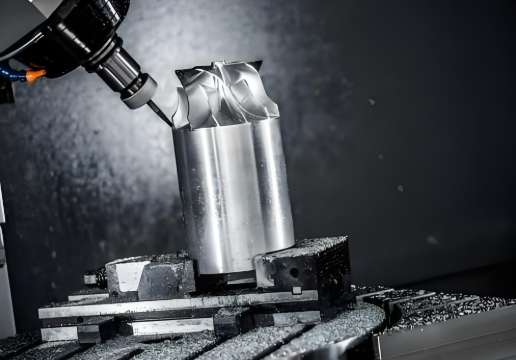
Computer Numerical Control (CNC) machining transforms digital designs into physical parts using automated tools. For decades, this tech has revolutionized industries from aerospace to medical devices.
While CNC milling and turning both rely on computerized precision, they dance to different rhythms. Let’s break down their unique moves.
CNC Turning: The Art of Rotation
Imagine a block of material spinning like a potter’s wheel while a blade sculpts it. That’s CNC turning. By rotating raw stock in a chuck and guiding cutting tools along its surface, this method crafts cylindrical shapes with pinpoint accuracy.
Why choose turning?
From tiny screws to massive shafts, turning adapts to prototypes or mass production.
CNC Milling: The Multi-Axis Maestro
Milling is your 3D sculptor. Here, a spinning cutter carves stationary material (often blocks or plates) following paths from CAD files. Think of it as a robotic chisel that etches complex geometries layer by layer.
Milling shines when you need:
Industries like automotive and energy rely on milling for everything from engine parts to custom implants.
The Choice: Spin or Carve?
Both subtract material, but their choreography differs: turning spins the workpiece; milling moves the cutter. Match the method to your design’s geometry, not just its material.